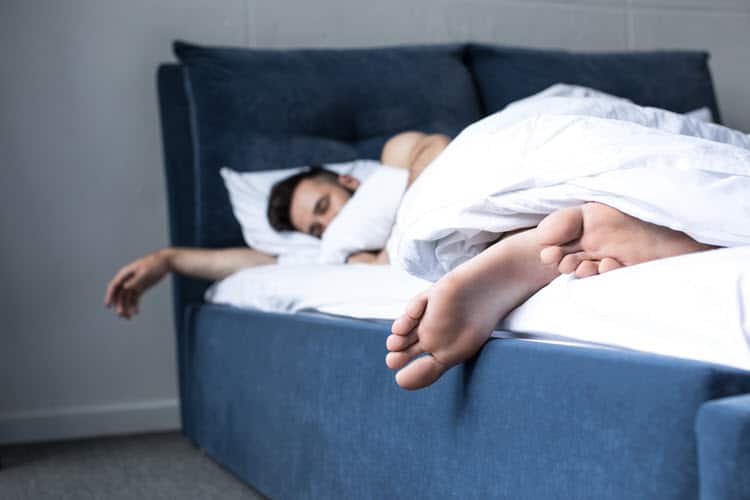
So you’re not a morning person…?
A friend of mine is a poker player. Not the Saturday night beer kind, but the World Series, minimum buy-in, weeks a year in Vegas kind. The sort who’s more interested in people than cards, because the cards are hard to control, but people.. people are another story entirely. People have their habits, their giveaways, their little, seemingly individual quirks of behaviour.. their “tells”.
Tells exist outside of poker too and you’d be surprised how attuned you can be to them. Think about it the next time you get a sense that the person you’re talking to at a barbecue isn’t really into your pet subject, but still smiles politely and says “tell me more” with zero conviction.
Tells are why I know with a reasonable degree of certainty that when a Google printout unfolds from one of my patients’ handbags, there’s a better than reasonable chance that we’re discussing heel pain after we’re done with the pleasantries.
The most popular search result is usually plantar fasciitis, an inflammatory, painful, hugely frustrating condition that seems to strike out of nowhere and overstay its welcome like an uninvited guest who saps your energy and monopolises your time. And it just seems like it isn’t going anywhere. Ever.
There can be a couple of reasons for this, but if you take nothing else away from this article, know this. You will feel better. When and how.. well, you’ll need to read slightly more and, you know, perhaps also do some stuff about it as well. Sorry about that. I’d do it for you if I could.
So as I was about to say, the first and perhaps most important aspect to your healing process is knowing what’s actually wrong. It sounds overly simplistic, but a couple of years ago I started counting the different causes of heel pain, so I could use them as an example. It was meant to be a harmless exercise. Until I gave up at 35… That’s right.. there are more than 35 possible reasons why your heel could be hurting and only one of them is plantar fasciitis. Also, don’t be too fussed if you have an x-ray and see a nice pointy spur on the base of your heel. This is very, very, very rarely the cause of your problem. Allow me to explain what it’s doing there.
There is a principle known as Wolf’s Law, whereby bone will lay down new bone in areas where it’s under pressure. It’s the exact opposite if there is no pressure, which is why every space station has had a gym. What’s the link? Weightlessness for long periods means that astronauts, normally some of the fittest humans from Earth, progressively lose bone density because there is so little pressure on them. At the base of your heel, the opposite problem is depositing calcium.
The spur itself is simply a ledge of sorts, but seen from the side. When you have excessive stress on the tissue, usually around the origin point of some of the foot’s small muscles, the bone lays down extra reinforcement to protect itself from the muscle trying to pull away. That reinforcement, projecting out from the underside of the heel is what looks spur-like on your fetching new black and whites.. Remember, you can’t see muscle on an x-ray, but you can see the bone lying on top of them. The only time a heel spur is causing pain is if it’s actually broken (making it a fracture), or so gigantic it’s squashing other things.
So now that we know it’s not the spur sticking in, why does it hurt so much in the morning? As it turns out, the calcaneus, your heel bone, has a number of things attached to it, foremost amongst these your Achilles tendon. Your calf muscle, like all muscles really, shortens when it’s not under tension, so when you get out of bed, or get up after sitting for ages (because reality tv always goes overtime. Always.) By shortening the calves attaching to the back of your heel, the smaller, weaker tissues on the other side of it are placed under tension. If it was a workplace, we’d call it a power imbalance and union reps would be called in but for now, you’ve had your first big clue about how to ease this off.
Stretch. Specifically, stretch your calves, not your foot. Now of course, you do still need to see a professional and make sure that’s what you have, for the sake of not missing the big, important, nasty things, but if it feels better after stretching there’s a good chance you don’t have one of those. Also I’m not suggesting that stretching will make it better. It won’t replace proper long term strategies like orthotics, footwear changes and so forth.. but I am suggesting it will make you FEEL better. And like my poker playing friend and the reality tv you were watching when it started to hurt as you went for the fridge in the ad break, it’s how you feel that counts right now.
